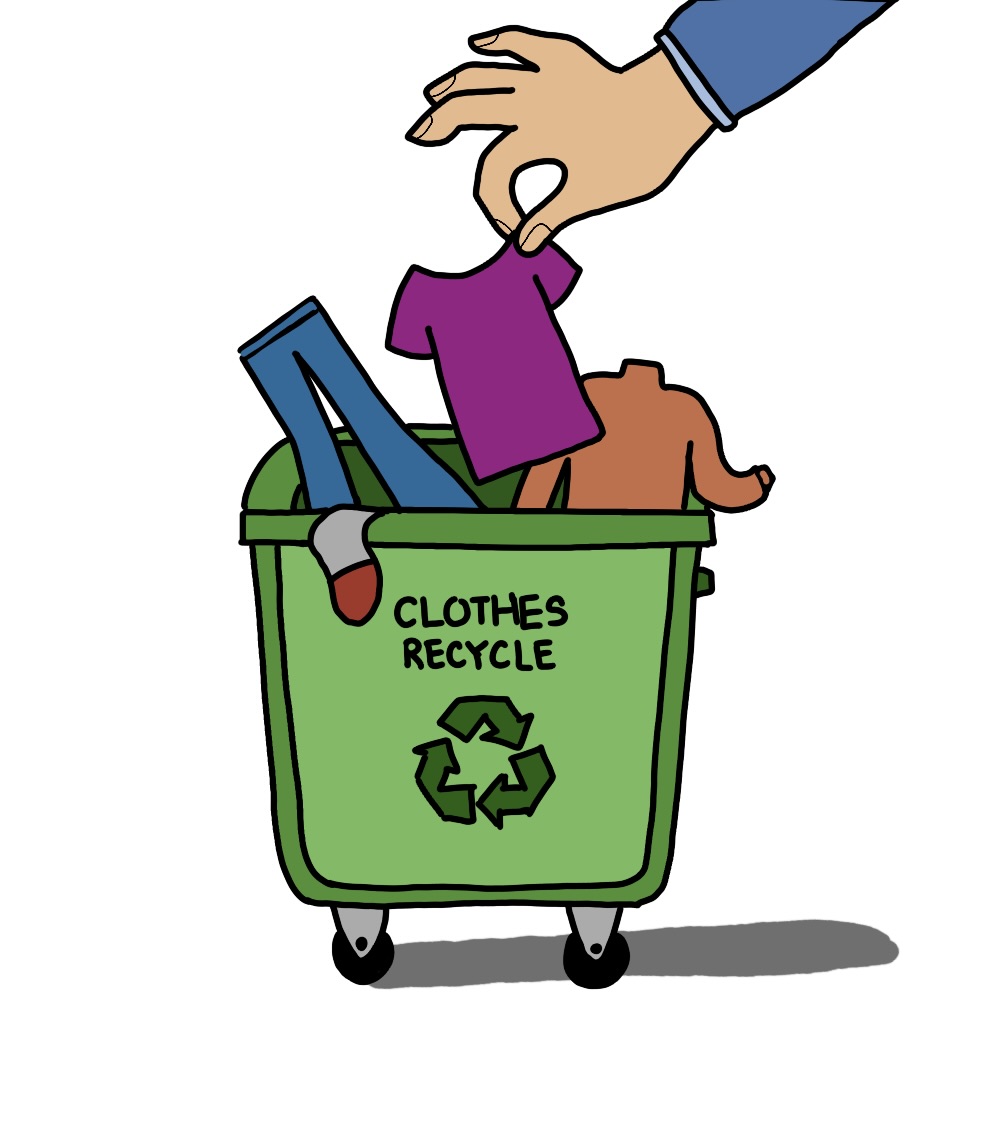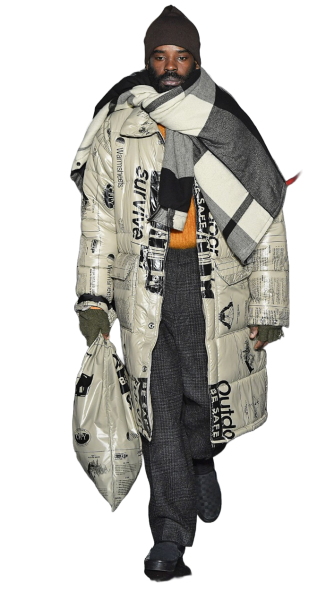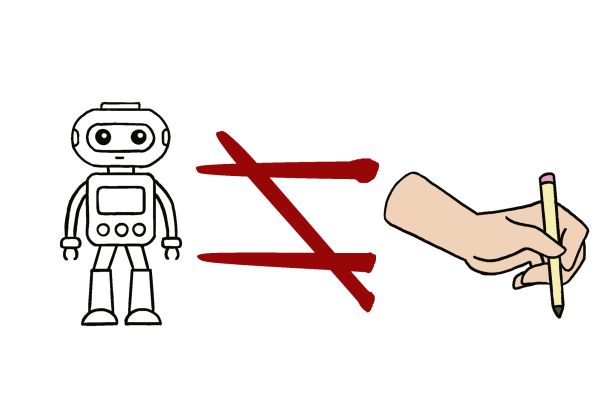From fashion to landfills
Textile waste is a growing problem that must be addressed
Even as someone who spends most of my money on clothes, I often end up finding myself staring into my closet with nothing to wear. Little did I know, my shopping habits contribute to a major environmental problem — textile waste.

The rise of fast fashion, the trend of quickly producing and disposing of clothing items, has made up a significant portion of the textile waste problem. Fast fashion has caused a 400% increase in clothing production since the 1990s, resulting in a corresponding rise in textile waste, according to the United Nations Environment Programme.
It is easy to be drawn into the fast fashion world of cheap prices, fast shipping and supposedly “good” quality items. Today, it is extremely accessible due to fast fashion apps and websites, where countless fashion pieces are just one click away.
The consequences of textile waste are not just environmental: they also pose risks to human and animal health. According to the EPA, textile waste in landfills can take up to 200 years to decompose, releasing methane, a potent greenhouse gas, into the atmosphere. This is a huge problem because it can destroy the ozone layer and further contribute to global warming.
Soil and groundwater can also be contaminated by the textile waste in landfills, posing a more immediate threat to human and animal health, according to European Environment Agency. It is unreasonable and unfair to harm ourselves and the environment just for a piece of clothing that will be worn a few times and then discarded.
Fortunately, there are solutions to this problem. One way to combat textile waste is by encouraging teens to purchase sustainably-produced clothing items and to avoid buying new clothing whenever possible.
Another option is to increase the recycling and repurposing of textile waste, and teens can help by thrifting or upcycling clothes that do not fit anymore, a popular method to conserve clothing. The UNEP reports that recycling just one ton of textiles can save 20,000 liters of water, reduce greenhouse gas emissions by 4.3 tons and prevent the release of 7.9 cubic meters of landfill space.
Textile waste from the fashion industry requires urgent attention. By encouraging sustainable clothing practices and increasing the recycling and repurposing of textile waste, we can reduce the impact of the fashion industry on the environment and create a more sustainable future. The next time you go shopping, think closely about what you are buying and if it is an impulse-buy or truly a timeless wardrobe piece.
Ella is a senior and is currently one of the Lifestyles editors. In her final year on the paper, she is excited to finish Senior spread, mentor others...












